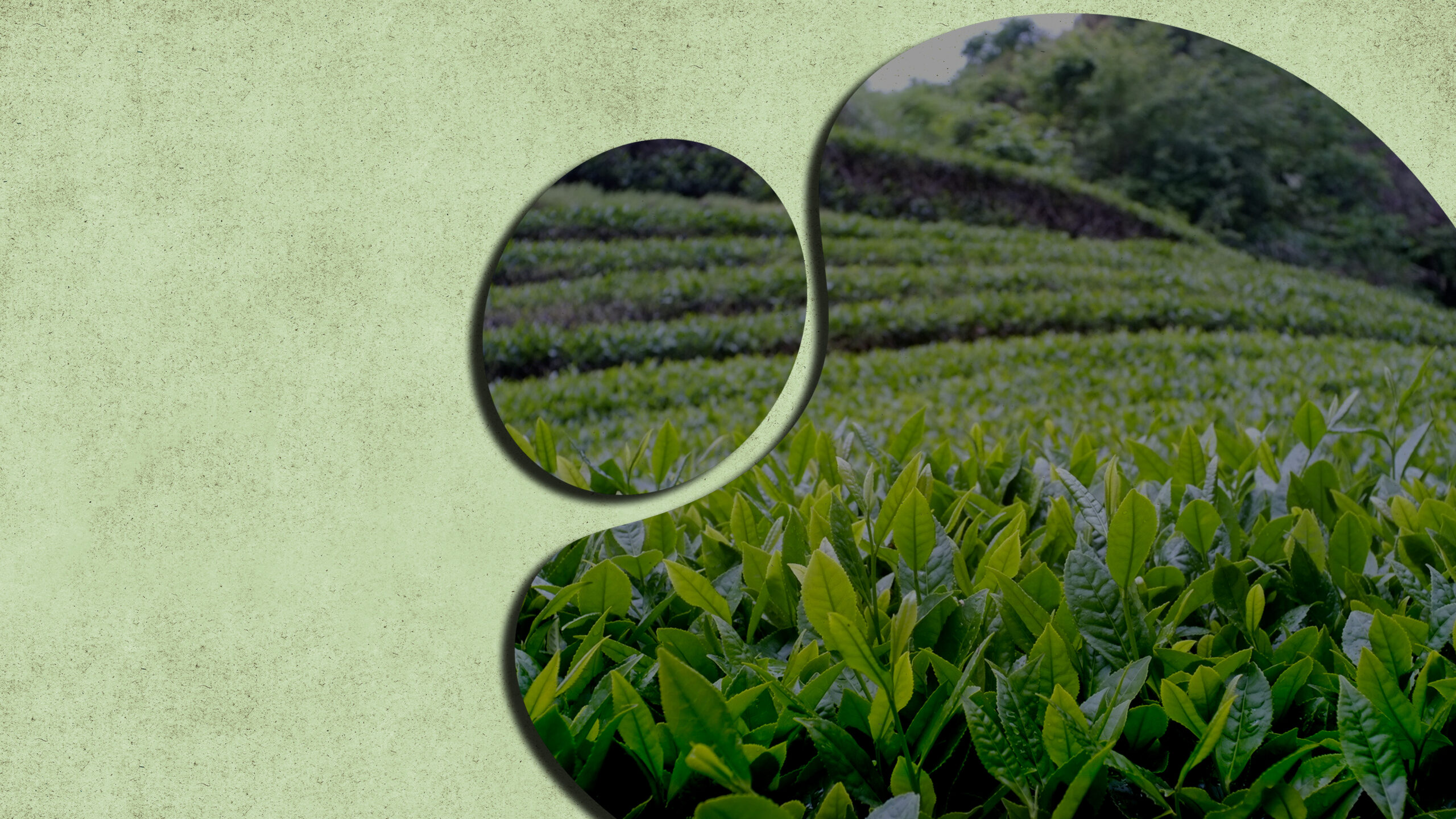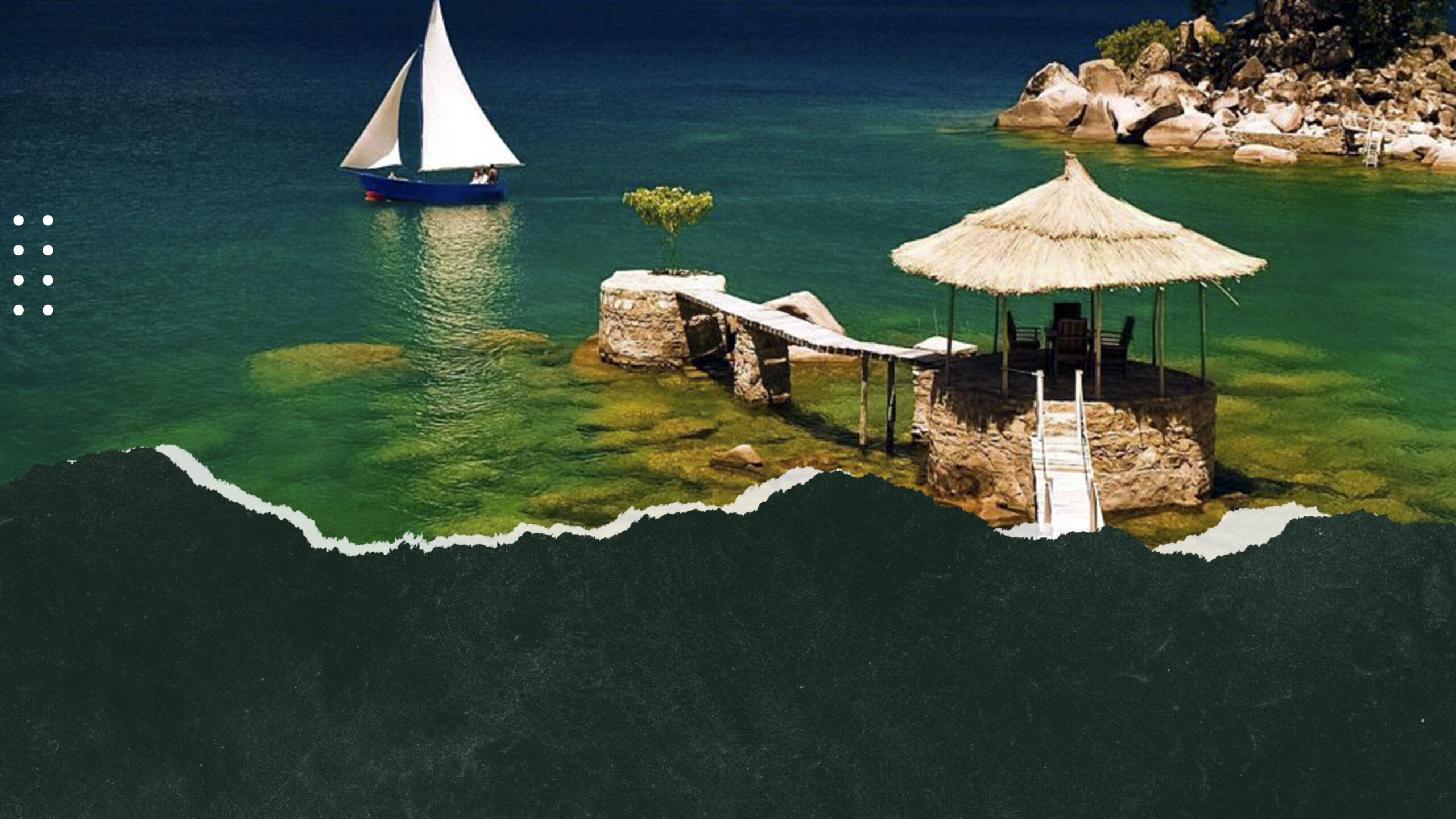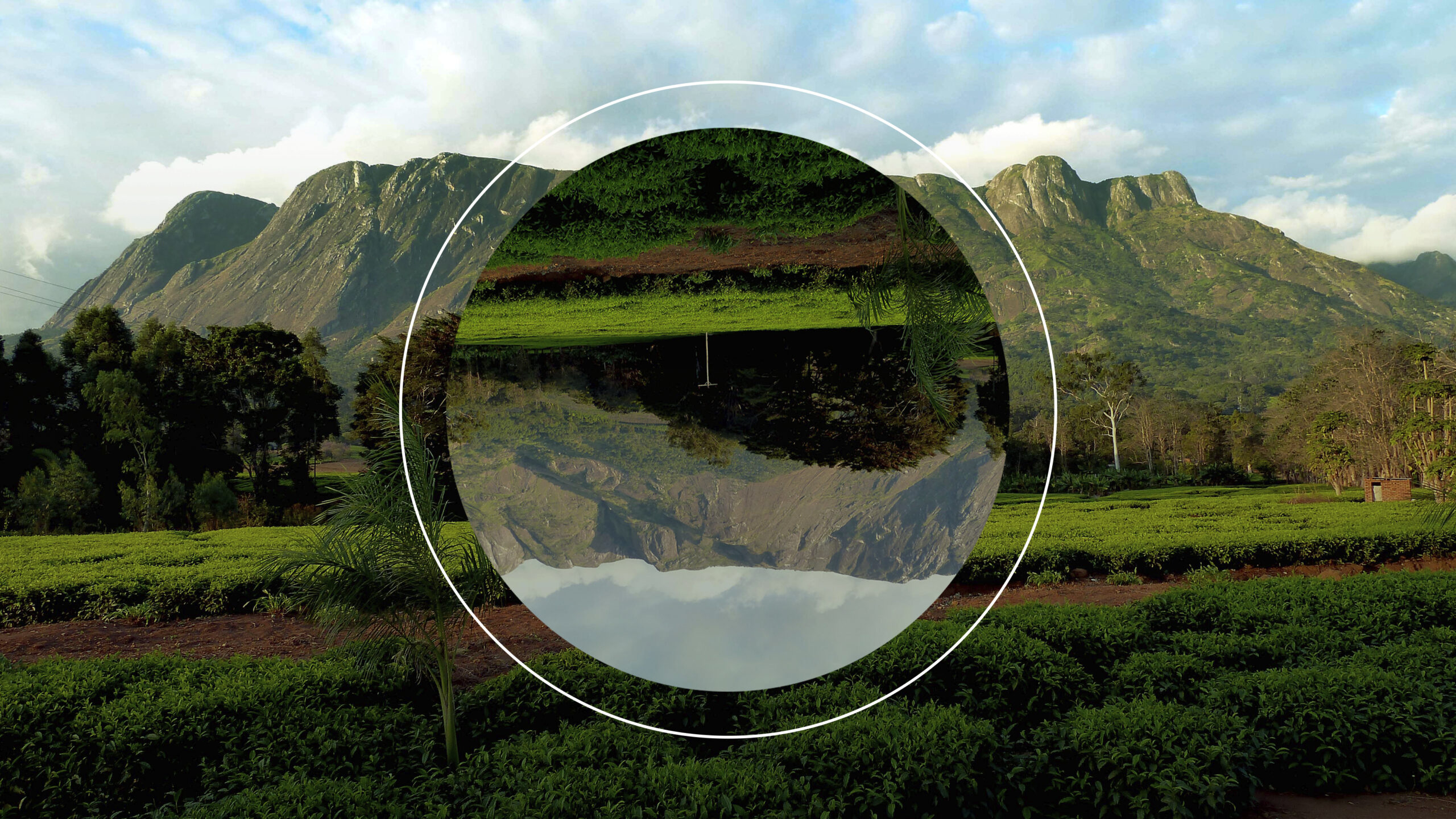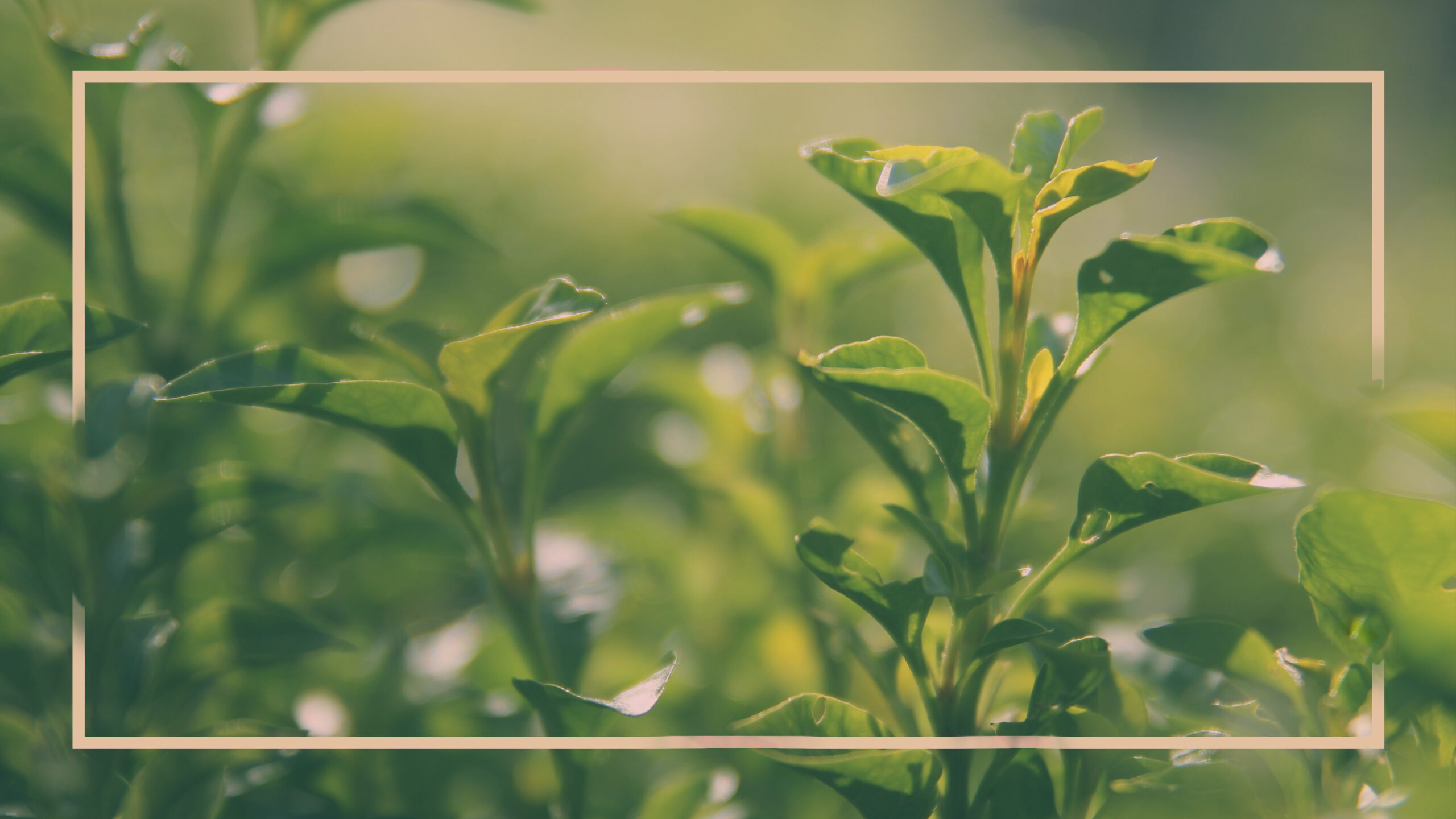Malawi has a diverse array of cultures, each of them as friendly as the next regardless of language or tribal values. Each tribe or culture offers a different story and image to the foreign eye, from historic sites to unforgettable natural sites.
Malawi’s population is made up of the Chewa, Nyanja, Tumbuka, Yao, Lomwe, Sena, Tonga, Ngoni and Ngonde native ethnic groups, as well as populations of Asians and Europeans. Major languages include Chichewa, an official language spoken by over 57% of the population, Chinyanja (12.8%), Chiyao (10.1%) and Chitumbuka (9.5%). Other native languages are Malawian Lomwe, spoken by around 250,000 in the southeast of the country; Kokola, spoken by around 200,000 people also in the southeast; Lambya, spoken by around 45,000 in the northwestern tip; Ndali, spoken by around 70,000; Nyakyusa-Ngonde, spoken by around 300,000 in northern Malawi; Malawian Sena, spoken by around 270,000 in southern Malawi; and Tonga, spoken by around 170,000 in the north.

According to 2007 estimates, approximately 80% of the population is Christian, with the Roman Catholic Church and the Church of Central Africa Presbyterian making up the largest Christian groups. There are also smaller numbers of Anglicans, Baptists, evangelicals and Seventh-day Adventists. Around 13% of the population is Muslim, with most of the Muslim population being Sunni, of either the Qadriya or Sukkutu groups. Other religious groups within the country include Jews, Sikhs, Rastafarians, Hindus and Baha’is. Atheists make up around 4% of the population, although this number includes people who practice traditional African religions.




